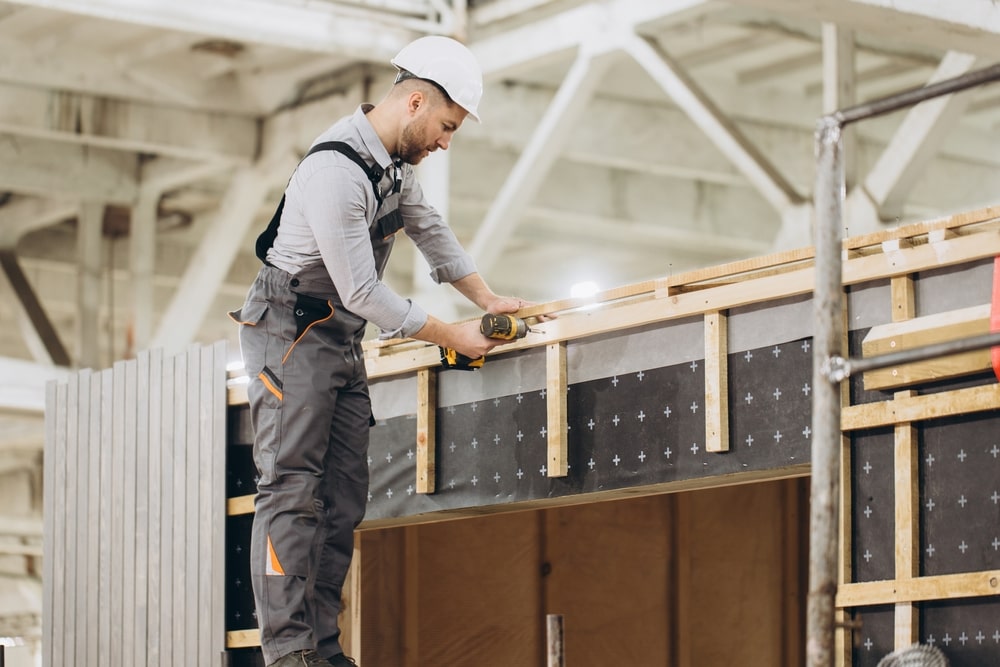Features - Design
Raising the Bar – Integrated Lifting Points for Modular Steel Beams

Off-site construction is becoming more prevalent globally, but the development and delivery of modular buildings require high standards of efficiency and safety.
Produced in a controlled factory environment before being transported to site, modular units are typically made using universal beams (also known as H beams, I beams, or RSJs). These beams provide the structural skeleton for units that must be strong, lightweight, and stackable.
One of the challenges facing the modular construction sector is the safe and efficient transportation and installation of units. Traditionally, lifting heavy units has required the addition of lifting points, which are usually steel pad-eyes welded or bolted onto the beams. However, these conventional solutions have several significant drawbacks. For example, they can cause structural weakening, they require labour intensive installation and removal and there can also be stacking issues as they create protrusions.
To address these issues, a new universal beam is outlined in UK patent – GB2633930B – which was granted to Ross-Shire Engineering Limited, in August 2025. The patent protects a universal beam (102) with top and bottom flanges (104, 106) connected by a web (108). There is an integrated lifting point (100) which is defined by an extrusion (110) and support webs (114). The extrusion (110) extends through the web (108), and the support webs (114) extend between the extrusion (110) and the flanges (104, 106) to strengthen the extrusion (110). The extrusion defines a through-hole (112) for receiving a bow-shackle to lift the universal beam (102).
The integrated lifting point is stronger than conventional solutions and is capable of secure lifting, without the need for protruding hardware. The through-hole can be sized for industry-standard shackles – for example, a 12-tonne grade 8 bow shackle – and the support webs ensure that the lifting point is strong and fatigue-resistant, extending the life of the modular unit. The integrated lifting point mitigates the risk of weakening, since the extrusion is placed in the web – an area less critical for bending strength. Integrating the lifting point into the universal beam allows manufacturers and installers to reduce on-site labour, whilst enhancing safety, improving structural performance and enabling efficient stacking during transportation.
This patented solution serves as a useful reminder that even in a well-established field of construction using universal beams, it is possible to make meaningful refinements to simplify methods and improve structural performance. This approach to innovation, when combined with a strategic approach to patent protection, could give construction companies a competitive edge and boost revenues for many years to come.
Chris Hambley is a senior associate and patent attorney in the Advanced Engineering group at European IP firm, Withers & Rogers.
Related Articles
More Features
- Why sustainability fails without structural engineers
9 Sep 25
Development firms could benefit from in-depth structural engineering knowledge
- Modular frameworks create a monumental opportunity for UK public sector construction
5 Sep 25
Modular Buildings 3, allows public sector organisations to access a verified list of modular construction
- A new chapter for the Building Safety Regulator
12 Aug 25
A package of potentially significant reforms to the makeup of the Building Safety Regulator have






